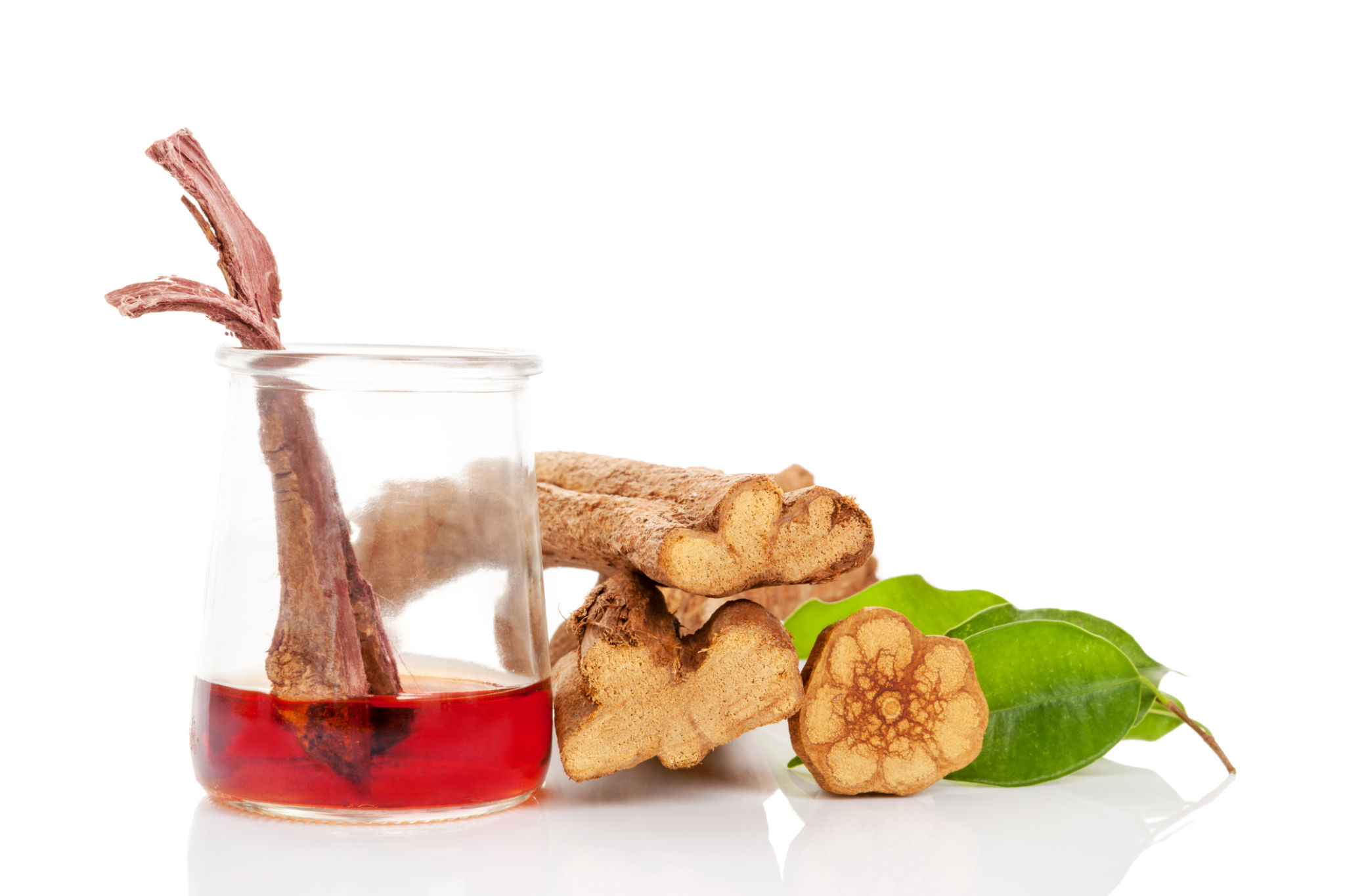The Role of Mimosa Hostilis in Sustainable Crafting
Introduction to Mimosa Hostilis
Mimosa Hostilis, also known as Jurema or Tepezcohuite, is a plant renowned for its versatile applications and historical significance. Indigenous communities have utilized it for centuries, particularly in regions of Brazil and Mexico. Its bark is rich in tannins and other beneficial compounds, making it a valuable resource in sustainable crafting.
The plant's natural properties make it an ideal candidate for eco-friendly initiatives. With growing awareness around sustainability, artisans and crafters are turning to Mimosa Hostilis as a sustainable alternative to synthetic materials.

The Benefits of Mimosa Hostilis in Crafting
One of the key benefits of Mimosa Hostilis in crafting is its natural dyeing capabilities. The bark can be used to produce a range of vibrant colors, from deep purples to soft pinks, without the need for harmful chemicals. This natural dyeing process is not only better for the environment but also safer for artisans who are exposed to these materials on a daily basis.
Additionally, the plant's fibers are strong and durable, making them suitable for creating long-lasting products. Crafts such as textiles, baskets, and even furniture can benefit from the robust properties of Mimosa Hostilis fibers.

Mimosa Hostilis in Textile Dyeing
Textile artisans have embraced Mimosa Hostilis for its rich dyeing potential. The dye extraction process is relatively simple and involves boiling the bark to release its natural colors. This sustainable approach reduces reliance on chemical dyes, which can be harmful to both the environment and human health.
The resulting colors are not only vibrant but also have excellent longevity and resistance to fading. This makes Mimosa Hostilis an attractive option for eco-conscious designers and consumers looking for sustainable fashion alternatives.

Supporting Local Economies
By incorporating Mimosa Hostilis into their work, artisans are supporting local economies and sustainable practices. The harvesting process is typically done by hand, ensuring minimal impact on the environment while providing employment opportunities for local communities.
Moreover, the demand for Mimosa Hostilis has encouraged the development of sustainable harvesting techniques. This approach ensures that the plant is not over-harvested, allowing it to continue thriving in its natural habitat.
Challenges and Considerations
While the use of Mimosa Hostilis in crafting offers many benefits, there are challenges to consider. The availability of the plant can be limited due to its regional growth patterns, which can affect supply chains. Additionally, there is a need for proper education and training on sustainable harvesting methods to ensure that the plant's natural habitat is preserved.
Despite these challenges, the potential for Mimosa Hostilis in sustainable crafting remains significant. Continued research and collaboration between artisans, researchers, and local communities can help overcome these obstacles.
Conclusion
Mimosa Hostilis holds great promise for the future of sustainable crafting. Its natural properties offer a viable alternative to synthetic materials, aligning with global efforts to reduce environmental impact. As more artisans embrace this versatile plant, we can look forward to a more sustainable and eco-friendly crafting industry.
Through responsible harvesting and innovative applications, Mimosa Hostilis can play a crucial role in promoting sustainability within the arts and crafts community. By choosing materials like Mimosa Hostilis, we take a step toward a greener future.